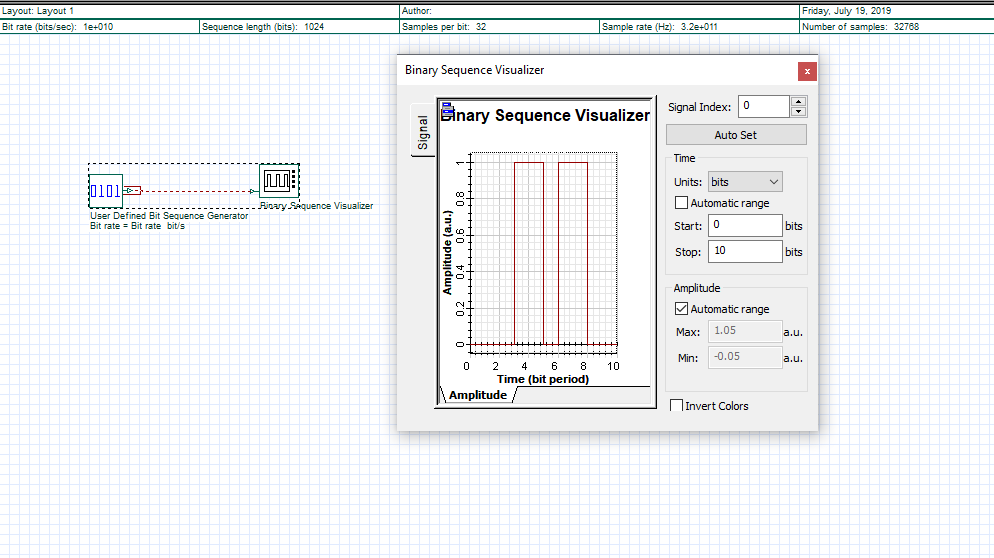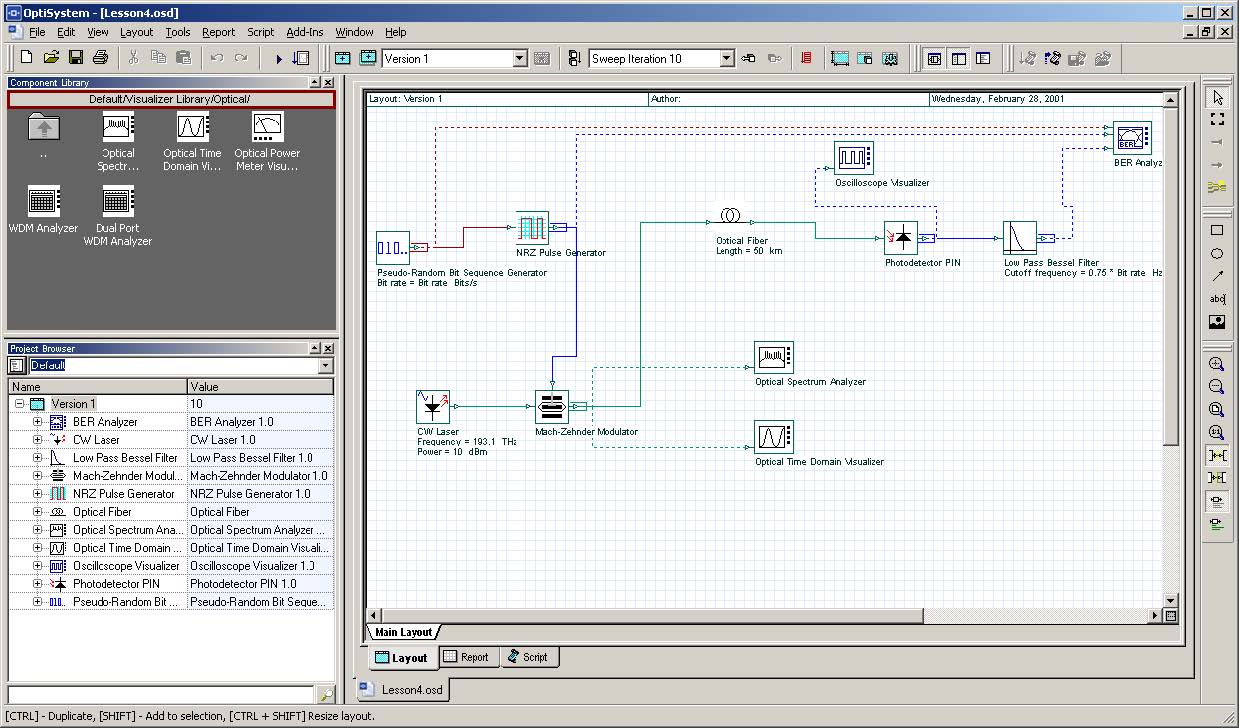

- HOW TO READ NUMERICAL VALUES ON OPTISYSTEM HOW TO
- HOW TO READ NUMERICAL VALUES ON OPTISYSTEM UPDATE
- HOW TO READ NUMERICAL VALUES ON OPTISYSTEM CODE
- HOW TO READ NUMERICAL VALUES ON OPTISYSTEM SERIES
Report 2 shows the current sequence number value for the CountTo7 sequence object. Listing 3: What is the current sequence number value
HOW TO READ NUMERICAL VALUES ON OPTISYSTEM CODE
This can be verified by running the code in Listing 3. When the sp_sequence_get_range stored procedure was called, it returned output values and updated the database metadata for the last value used by the CountTo7 sequence object. These variables are then used to process through a WHILE loop until all values in the requested range are displayed using a PRINT statement. The output variable contains the first variable in the range, the contains the last sequence number in the range, and the variable contains the increment value for the sequence objects.

The code then calls the sp_sequence_get_range stored procedure, which returns several output variables. The code in Listing 2 first declares some variables to capture the output of the sp_sequence_get_range stored procedure. Report 1: Output of PRINT statement in Listing 2 When the code in Listing 2 is run the output in Report 1 is produced.

Listing 2: Return a range of three values It will then use the output from the stored procedures to print out the next three sequence numbers. The code in Listing 2 will call the sp_sequence_get_range stored procedure requesting three values from the CountTo7 sequence objects.
HOW TO READ NUMERICAL VALUES ON OPTISYSTEM UPDATE
Additionally, when this stored procedure is called, it will update the last sequence number as if all three different sequence numbers have been generated. Instead, it returns only output variables that can be used to generate the range of three values programmatically. This procedure will not return the range of sequence numbers. Generating a range of three valuesįor the first example, the sp_sequence_get_range stored procedure will be called to return a range of three values from the CountTo7 sequence object.

When a sequence number value of 7 is reached, the sequence number will not cycle because the NO CYCLE option has been specified.
HOW TO READ NUMERICAL VALUES ON OPTISYSTEM SERIES
It can be used to generate the following series of sequence numbers: 1, 2, 3, 4, 5, 6, and 7. This sequence object is defined as an integer. When this stored procedure is called, in addition to returning the output values, it also updates the last sequence number used in the Database metadata as if the entire range of sequence numbers was returned.īelow is syntax for the sp_sequence_get_range stored procedure, as found in the Microsoft documentation: The stored procedure will also support cycling sequence numbers when the minimum or maximum values of the sequence object are reached. The output parameters can then be used to generate a range of sequence number values programmatically. In reality, this stored procedure doesn’t really return a range of values but instead returns a series of output parameter values. It supports returning a range of sequence numbers for a sequence object. The sp_sequence_get_range stored procedure is a system stored procedure that comes with SQL Server. This article will explore how an application can use this stored procedure to generate a range of sequential sequence numbers. If an application requires multiple sequence numbers, and all the sequence numbers need to be sequential, then the sp_sequence_get_range stored procedure should be used. This behavior is caused because multiple sessions could be requesting sequence numbers at relatively the same time. If an application requires a sequence number series to be sequential, the NEXT VALUE FOR function cannot guarantee that all sequence numbers returned will be sequential. The last used sequence number gets updated in the database metadata.
HOW TO READ NUMERICAL VALUES ON OPTISYSTEM HOW TO
How to replace an identity column with a sequence numberĮach time an application requests a sequence number using the NEXT VALUE FOR function, they get a new sequence number.How to return multiple sequence numbers with sp_sequence_get_range.Introduction to SQL Server sequence objects.How to return multiple sequence numbers with sp_sequence_get_range - Simple Talk Skip to content


 0 kommentar(er)
0 kommentar(er)
